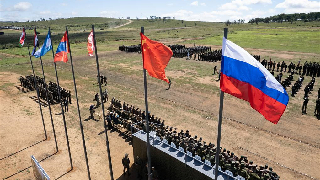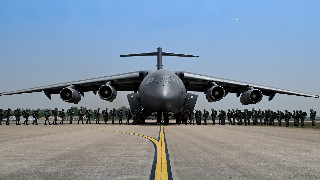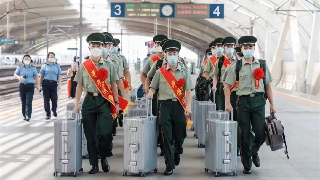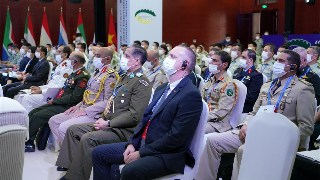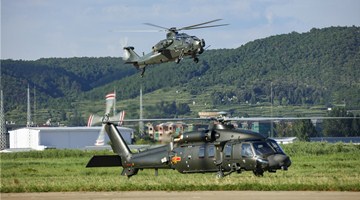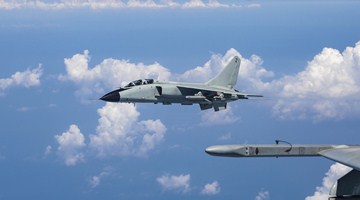By Wang Shida
CNN and other media recently reported that the US and India will stage joint military exercises in northern India less than 100km from the Line of Actual Control (LAC) on the China-India border. What is the US up to stating military drills on the barren land deep in the Himalayas at an altitude of more than 3,000 meters?
The US is fanning flames around China.
A senior official from the Indian Army said the military drills will be held in mid-October at an altitude of more than 3,000 meters in Auli in the Indian state of Uttarakhand as part of the 18th round of an annual joint exercise known as “YudhAbhyas”, or “War Practice ”.
The US makes no secret the purposes of the exercise. First, it is to continue hyping the “Indo-Pacific” concept. The spokesperson of the US Department of Defense John Kirby said the US-India partnership is one of the most important elements for the so-called common vision of a free and open Indo-Pacific region, and that the “YudhAbhyas” exercise will strengthen the two militaries’ coordination and interoperability to better cope with a series of regional security challenges. Second, it is undisguisedly targeted at China. When Charles Flynn, commanding general of the United States Army Pacific, visited New Delhi in June, he talked through his hat that China is conducting appalling activities on the border with India and that its accelerated infrastructure construction calls for an alert.
In fact, as the US has consistently shifted the focus of its national security strategy and global strategy toward "coping with major-country competition and geopolitical game", the US government is going to great lengths to counter and hedge the influence of rising China in a broader geographical scope. In this process, making sure that India, the western anchor of its Indo-Pacific strategy, accepts and cooperates in it so they can join hands in countering China becomes a topic high on America's agenda. Considering the frequent frictions in bilateral economic and trade cooperation, the many Indo-Pacific economic cooperation initiatives that have barely gotten off the ground, and their often varied positions on international and regional affairs, defense and security is one of the few areas where the US and India have highly aligned interests and can push substantial cooperation forward. As DoD spokesperson Kirby said, military exercise and training and other related activities are important ways for the two countries to push forward the Indo-Pacific vision.
How to maintain strategic independence is a test of India's political wisdom.
Not picking sides between major countries, always giving itself some leeway – this is a valid diplomatic and strategic legacy India has upheld in different historical periods to maintain its national interests. However, whether the Indian government admits it or not, it has betrayed this tradition and got tied up to America’s chariot of war, as evidenced by its embrace of the “Indo-Pacific” concept and the US-Japan-India-Australia quadrilateral security dialogue, generally known as the Quad. Indian Minister of External Affairs Subrahmanyam Jaishankar said in public in August that “the Quad is the most prominent plurilateral platform that addresses contemporary challenges and opportunities ”. It has played a magnificent role in a range of areas. The whole region will benefit from its activities, and anyone with reservations about the mechanism would be denying other countries’ choices and raising a unilateral objection to collective cooperation.
Facts have proven that the US is to blame for a series of international hotspot issues or even crises, ranging from the Afghan War to the Ukraine crisis. To call it the biggest troublemaker would be no exaggeration because the country has always attempted to impose the burden of cost on other countries by creating troubles and crises, so as to maintain its own hegemony and so-called position of strength. The US is focused on only one thing – its own national interests, which is why it was capable of just taking off and leaving the publicly elected Afghan government hanging on the line, why it wouldn't send troops to Ukraine after the crisis there escalated, but instead left the pro-America Ukraine government to carry the can against Russia. With all these happening not that long ago, China and India, being eastern powers with profound strategic culture and tradition, must keep cool-headed and not be led astray by anyone.
(The author is deputy director of the Institute of South Asian Studies, China Institutes of Contemporary International Relations)
Editor's note: This article is originally published on chinadaily.com, and is translated from Chinese into English and edited by the China Military Online. The information, ideas or opinions appearing in this article do not necessarily reflect the views of eng.chinamil.com.cn.
